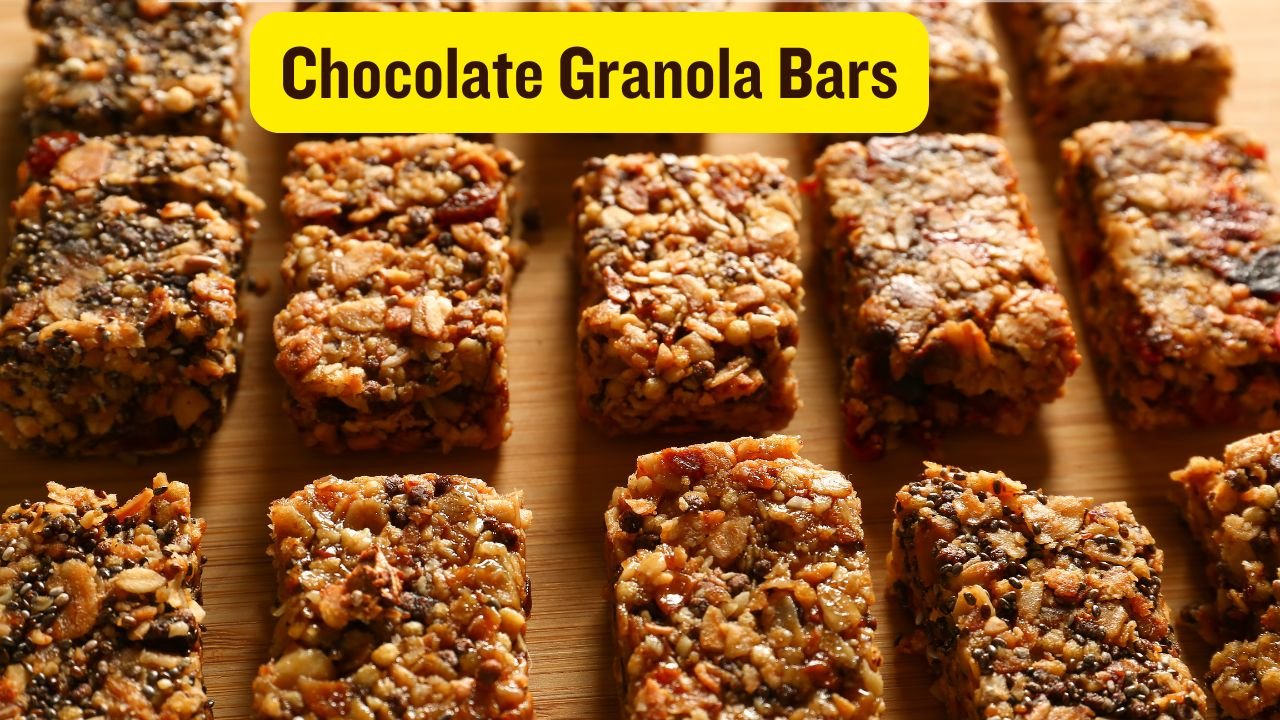Tres leches cake is one of the most beloved desserts in Mexico. It is famous for its soft sponge texture and creamy, sweet flavor. The name “tres leches” means “three milks” in Spanish. This cake is soaked in a mix of three different milks, which makes it moist and rich. It is light yet indulgent, simple but elegant.
People serve it at birthdays, weddings, and holidays. Once you taste it, you understand why it has become a symbol of celebration. The history of tres leches cake, its ingredients, how to prepare it step by step, cooking tips, variations, cultural meaning, and why it continues to be loved across the world.
Contents
What is tres leches cake
Tres leches cake is a sponge cake soaked in a sweet mixture of three types of milk. These are evaporated milk, sweetened condensed milk, and heavy cream. The sponge cake itself is airy and light. This makes it perfect for absorbing all the milk without becoming soggy. After soaking, the cake is topped with whipped cream. Sometimes fresh fruits like strawberries or peaches are added for decoration and flavor.
The taste is balanced: sweet but not overwhelming, creamy yet refreshing. The texture is soft, almost melting in your mouth. It feels like a mix of cake and pudding. That is why so many people enjoy it, even those who do not normally like heavy desserts.
The history of tres leches cake
The origin of tres leches cake is not completely clear. Many people believe it began in Mexico during the early 20th century. At that time, canned milk products such as evaporated milk and condensed milk were becoming popular. They were easy to store and cheaper than fresh dairy. Bakers started experimenting with these canned milks and created a cake that could stay moist and last longer.
Another theory suggests that tres leches cake has roots in Central America, especially Nicaragua. Some old cookbooks from the region show recipes similar to tres leches. Regardless of the exact birthplace, Mexico is the country most often linked with this dessert. Over the years, it spread across Latin America and beyond. Today you can find versions of tres leches cake in restaurants around the world.
Why tres leches is unique
Many cakes use milk in their batter, but tres leches cake is different. Instead of just baking the cake, it is soaked in milk after baking. This step changes everything. The sponge absorbs the milk like a sponge absorbs water. Yet it does not fall apart. Instead, it becomes soft, juicy, and full of flavor.
This makes tres leches stand out compared to butter cakes or chocolate cakes. It is light, moist, and refreshing. Even though it is rich, it never feels too heavy. That is why it is perfect for both casual meals and grand celebrations.
Ingredients you need
The ingredients for tres leches cake are simple. You may already have many of them at home. Here is a basic list for a traditional version:
- All-purpose flour
- Baking powder
- A pinch of salt
- Eggs
- Sugar
- Vanilla extract
- Evaporated milk
- Sweetened condensed milk
- Heavy cream
- Whipped cream for topping
- Fresh fruits such as strawberries, peaches, or cherries (optional)
These ingredients are easy to find in most grocery stores. Some versions may add cinnamon or nutmeg for extra flavor.
Step by step recipe
Making tres leches cake takes time but is not difficult. Here is a simple step-by-step method:
- Preheat your oven to 350°F (175°C). Grease and flour a baking pan.
- In one bowl, mix flour, baking powder, and salt.
- In another bowl, beat eggs with sugar until they are light and fluffy. This step makes the sponge airy.
- Add vanilla extract to the egg mixture.
- Slowly fold the dry flour mix into the egg mix. Do not overmix.
- Pour the batter into the baking pan.
- Bake for 25 to 30 minutes or until a toothpick comes out clean.
- Let the cake cool for about 30 minutes.
- Once cooled, poke holes all over the cake with a fork.
- Mix evaporated milk, condensed milk, and heavy cream in a bowl.
- Slowly pour the milk mixture over the cake. The cake will absorb the liquid.
- Cover and refrigerate for at least 4 hours or overnight.
- Before serving, spread whipped cream on top.
- Add fresh fruits or sprinkle cinnamon if you like.
Tips for best results
- Beat the eggs and sugar long enough so the cake turns fluffy.
- Use a light hand when folding the flour mix. Overmixing makes the cake dense.
- Make sure the cake cools before pouring the milk mix. Warm cake can break apart.
- Chill the cake for several hours. This helps the milk soak in fully.
- Use full-fat cream for richer flavor.
- Always serve it cold for the best taste.
Serving ideas
Tres leches cake is usually served cold. It can be cut into squares or slices. Each piece is soft and juicy with cream on top. Adding fresh strawberries, peaches, or cherries makes it even more attractive. Some people like to dust it with cinnamon powder for warmth.
It pairs well with black coffee or hot tea. On special occasions, it can be decorated with chocolate shavings, colorful fruits, or edible flowers. Some people even add caramel sauce for extra sweetness.
Nutrition facts
Tres leches cake is sweet and creamy, so it is not light in calories. Still, it is a dessert to enjoy once in a while. Here is a rough idea of the nutrition in one slice:
| Nutrient | Amount (approx) |
|---|---|
| Calories | 300-350 |
| Carbs | 40-45g |
| Protein | 6-7g |
| Fat | 12-15g |
| Sugar | 25-30g |
The exact values depend on the recipe. Using low-fat milk and less sugar can make it lighter.
Variations
Tres leches cake can be changed in many creative ways:
- Chocolate tres leches – add cocoa powder to the sponge or milk mix.
- Coconut tres leches – replace part of the milk with coconut milk.
- Coffee tres leches – add espresso or coffee flavor for a bold twist.
- Tropical tres leches – top with mango, pineapple, or passion fruit.
- Nutty tres leches – sprinkle almonds, pecans, or pistachios for crunch.
Each version has its own charm while keeping the creamy base.
Cultural value
Tres leches cake is more than just food. In Mexico, it is often served at birthdays, weddings, and holidays. It brings families together. The cake is also popular in Nicaragua, Cuba, and Puerto Rico. Each country adds small changes to the recipe but keeps the spirit the same.
In many homes, tres leches cake is a tradition. Parents pass down recipes to children. It connects generations through food. For many, it is not only dessert but also a symbol of love and celebration.
Why people love it
Tres leches cake has a unique balance of taste and texture. The sponge is light, the milk mix is creamy, and the whipped topping is smooth. Together, they make each bite rich but refreshing. The sweetness is comforting without being too heavy.
Another reason people love it is the nostalgia. It reminds many of family gatherings and happy times. It is also a dessert that looks elegant, so it feels special at parties. Simple ingredients, but the result is always memorable.
Storage
Tres leches cake should be stored in the fridge. Cover it with plastic wrap or keep it in an airtight container. It lasts for about 3 to 4 days. The cake should not be frozen because the milk mix may change texture. It is always best to enjoy it fresh within a few days.
Final thoughts
Mexico’s classic tres leches cake is a true gem of desserts. It is simple yet elegant, soft yet rich. With its three-milk soak, whipped cream topping, and optional fruits, it delights everyone who tries it. Whether served at a small dinner or a big wedding, this cake brings joy and comfort.
It is more than just a recipe—it is tradition, culture, and a symbol of family. If you want a dessert that is creamy, refreshing, and loved by all, tres leches cake is the perfect choice.
FAQs
How long should I soak the cake?
At least 4 hours, but overnight is best.
Can I make it ahead of time?
Yes, prepare it a day before and keep it chilled.
Can I use low-fat milk?
Yes, but full-fat gives better flavor.
Can I freeze tres leches cake?
No, freezing changes the texture.
What fruits go best with it?
Strawberries, peaches, and cherries are most common.

















